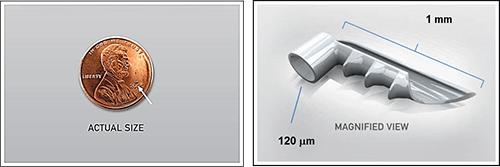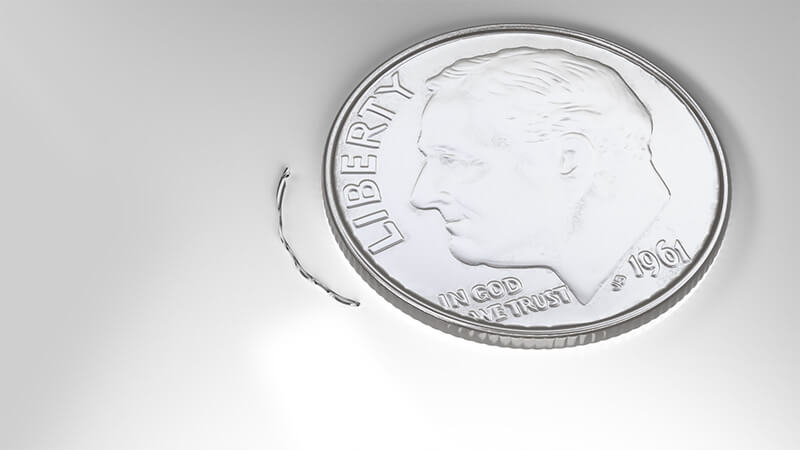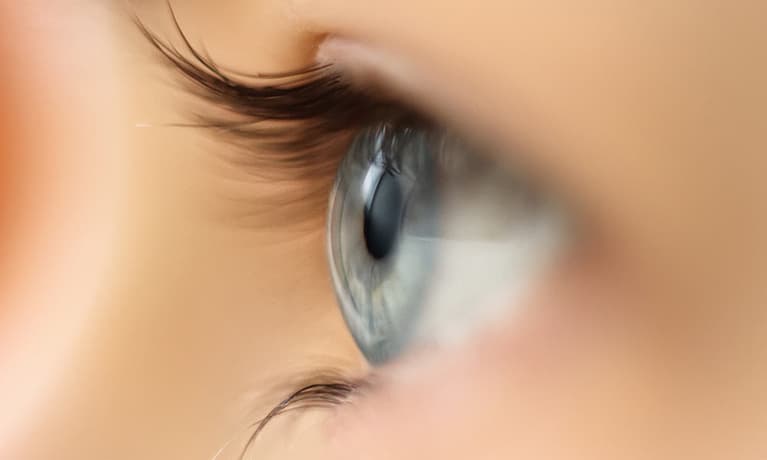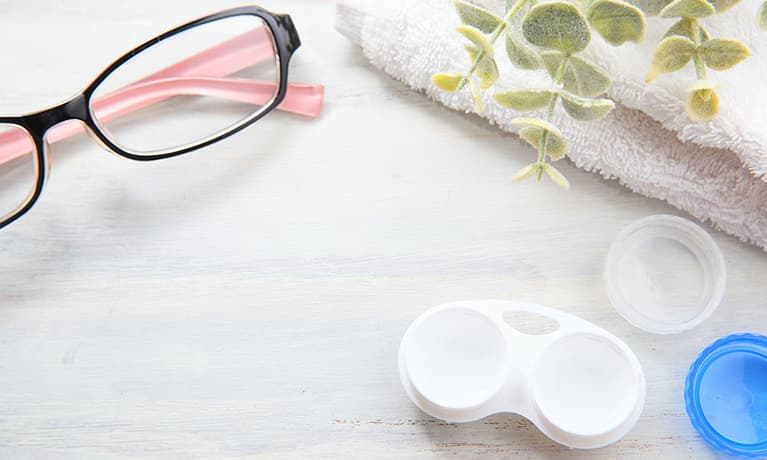Milwaukee Eye Care is pleased to offer the latest advancements in glaucoma treatment technology. The iStent® Trabecular Micro-Bypass Stent, the XEN® Gel Stent, and the Hydrus® Microstent are treatment options to reduce eye pressure for patients with both cataracts and glaucoma.
While mild-to-moderate open-angle glaucoma is very common, many people are unaware of their condition, especially in the early stages, when their vision may be unaffected. In many people, open-angle glaucoma is characterized by an increase in the intraocular pressure (IOP) of your eye. The pressure causes a buildup of fluid within the eye. Too much fluid raises pressure, which can cause a gradual loss of vision. And while glaucoma moves slowly, its damage is irreparable.
The iStent and Hydrus are FDA-approved for use in conjunction with cataract surgery to reduce eye pressure in adult patients with mild-to-moderate open-angle glaucoma currently being treated with glaucoma medicine.
These stents work similarly to the stents used to prevent heart attacks and strokes. When blood vessels get clogged, a stent creates access to the vessel flow.
The iStent
For those suffering from glaucoma, the eye’s natural drainage pathway becomes less effective. The iStent creates a permanent pathway to bypass the ineffective drain and improve the eye’s natural outflow. Restoring this mechanism lowers and controls pressure within the eye.
The iStent is implanted during your cataract surgery procedure. Once implanted, the iStent will begin working to safely manage intraocular pressure. Patients who receive iStent may also help reduce the use of glaucoma medications, but this will be at the discretion of your Milwaukee Eye Care surgeon.

iStent: The world’s smallest medical implant delivers big results in mild-to-moderate open-angle glaucoma.
The iStent is the world’s tiniest medical device approved for implantation, but the size of iStent is only part of its story. By increasing the eye’s ability to drain fluid, this technology is designed to reduce the pressure in your eye.
In a U.S. clinical study, 68% of glaucoma patients who received iStent remained medication -free at 12 months while sustaining a target IOP of = 21 mm Hg vs. only 50% of patients who underwent cataract surgery alone.
The Hydrus Microstent
The Hydrus Microstent is a revolutionary new therapy used during cataract surgery to help manage your glaucoma. It has been proven in global clinical trials to lower eye pressure, which resulted in a reduction of glaucoma medicine and, in some patients, eliminated the need for medication.  Roughly the size of an eyelash, the highly flexible Hydrus Microstent is placed by a surgeon during cataract surgery using microscopic incisions. This less invasive approach allows for fewer complications and faster healing times than traditional glaucoma surgery.
Roughly the size of an eyelash, the highly flexible Hydrus Microstent is placed by a surgeon during cataract surgery using microscopic incisions. This less invasive approach allows for fewer complications and faster healing times than traditional glaucoma surgery.
XEN Gel Stent
The XEN® Gel Stent is a surgical implant designed to lower high eye pressure in open-angle glaucoma patients. The XEN® Gel Stent creates a small channel in the eye to drain fluid and help lower eye pressure. The XEN® Gel Stent is tiny—about the length of an eyelash—and it’s placed just under the conjunctiva, which is a clear membrane that covers the white of your eye.
ECP
ECP (Endoscopic CycloPhotocoagulation) is a laser treatment used to treat Glaucoma. ECP delivers a gentle type of laser light energy through a fine fiber-optic probe. This procedure is commonly done in conjunction with cataract surgery. The cataract surgeon can use the same tiny incisions to remove the cataract, implant an Intraocular Lens, and perform the ECP procedure. This procedure decreases intraocular pressure (IOP) by destroying the ciliary body and halting aqueous humor production.
Micropulse Cyclophotocoagulation
Traditional methods of cyclophotocoagulation use short bursts of high energy to burn the ciliary body. MicroPulse® P3 Cyclophotocoagulation, however, uses a slow application of laser energy that is “chopped” into micropulses. In between each pulse is a pause. This pause allows the eye tissue to cool off. In this manner, there is less destruction of surrounding eye tissue and therefore less inflammation. This method is done without any incisions as the laser probe is applied to the sclera (white outter layer of the eye). Most patients do not experience pain after the procedure. Any mild discomfort or redness typically goes away within a few days.
To schedule an appointment for a glaucoma evaluation with Dr. Nicholas Frame, please call Milwaukee Eye Care at 414-271-2020.










